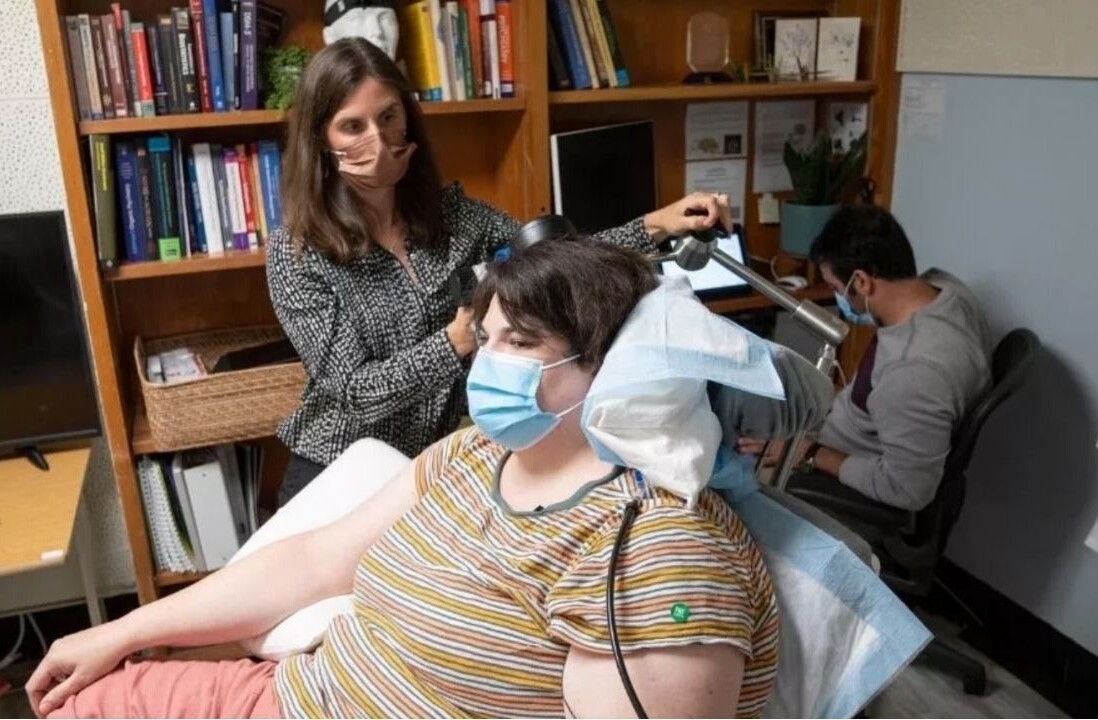
In a first-in-human study, a minimally-invasive brain implant has elicited a sense of touch in the fingertips of two people.
Researchers have previously electrically stimulated folds of the brain, called gyri, to restore some generalized sensation to the hand. The new technique targets the harder-to-reach grooves, known as sulci, to evoke feelings in the fingertips.
Study co-author Chad Bouton, a professor at The Feinstein Institutes for Medical Research, said the approach could help people with paralysis and neuropathy:
From buttoning our shirts to holding a loved one’s hand, our sense of touch may be taken for granted until we lose it. These results show the ability to generate that sensation, even after it is lost, which may lead us to a clinical option in the future.
Brain stimulation
The research uses a technique called stereoelectroencephalography (SEEG). This is a minimally invasive surgical procedure that involves placing electrodes in targeted areas of the brain.
The researchers implanted SEEG electrodes in the sulci of two volunteers with intractable epilepsy. The participants were already undergoing pre-operative seizure monitoring for surgical treatment of their condition. Per the study paper:
The decisions regarding whether to implant, the electrode targets, and the duration for implantation were based entirely on clinical grounds without reference to this investigation. Based on these clinical indications, all electrodes were implanted in the right hemisphere for both participants.
When the electrodes were activated, the participants said they felt “tingling” or the “sensation of electricity” localized to the hand and fingertips.
The researchers found that stimulating the sulci evoked these feelings more often than stimulating the gyri.

Their study marks another milestone moment for brain-computer interfaces. In recent years, researchers have also restored people’s sense of touch by connecting a robotic arm to the brain and by sending neural signals to a haptic system. The new technique could provide a less invasive method of stimulating precise areas of the body.
Greetings Humanoids! Did you know we have a newsletter all about AI? You can subscribe to it right here.
Get the TNW newsletter
Get the most important tech news in your inbox each week.





